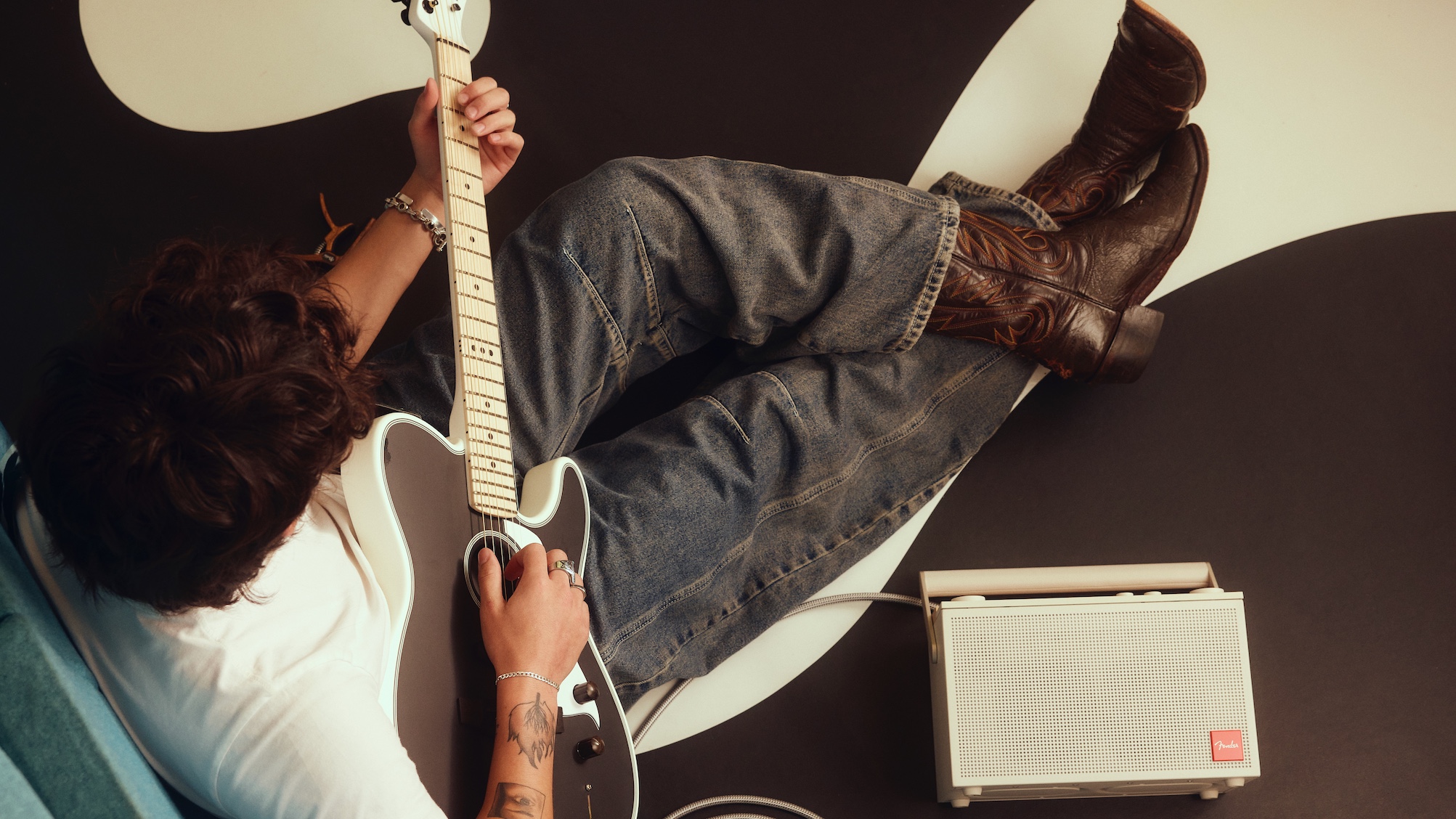What Hi-Fi? Verdict
LG’s latest flagship indicates the shape of the brand’s smartphones yet to come – but it isn't quite there just yet
Pros
- +
Headphone jack
- +
Good build
- +
Sound quality is better than most
- +
Bright screen
Cons
- -
Lots of bloatware
- -
Camera could be better
- -
AI-smarts aren’t smart enough
Why you can trust What Hi-Fi?
ThinQ is a name you can expect to see on more LG products. Pronounced ‘think’, it’s the umbrella term for the company’s artificial intelligence consumer electronics - including televisions, smart speakers and now, with the LG G7, smartphones.
On the surface, the G7 looks like your standard Android smartphone - but LG has attempted to give you a glimpse of the future by including some of its smarter systems in the G7 ThinQ. However, it still has some way to go.
Build

Navigating the G7 ThinQ is like taking a tour of your familiar local neighbourhood.
Like most other Android smartphones, the LG G7 ThinQ has a notch at the top and a ‘chin’ – a small sliver of bezel that stops the face of the phone being entirely screen – at the bottom.
Next to any other Android phone it’s not notably better or worse, but we do wish LG could either stretch the screen a little further or embrace its restrictions like the Google Pixel 2 XL does.
MORE: Google Pixel 2 XL review

On the right side is a lock button (the G7 ThinQ can be unlocked by your voice, your finger or your face, along with the standard pattern and password options), while the left has volume control and an AI button for Google Assistant, similar to how Samsung phones have a set button for the company’s own personal assistant Bixby.
The latest hi-fi, home cinema and tech news, reviews, buying advice and deals, direct to your inbox.
Also on the bottom, there is a headphone jack sitting next to the USB-C connection for charging and data transfer.
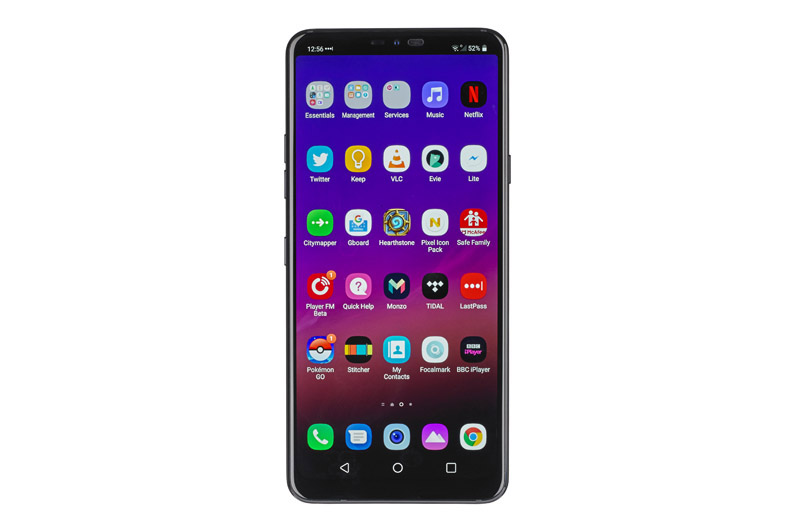
Pressing it brings up the voice assistant, while a long press summons Google Lens – a camera mode that can scrape data from the subject of your photograph.
Take a snap of a business card and you can save the phone number or address to a contact; point it at a painting and you’ll get more information about the artist. It’s a clever feature, and shows how focused LG is on getting you to use AI (and collecting your data as you use it).
While the G7 ThinQ’s glass back will soon collect fingerprints once out of the box, it feels comfortable in the hand and your fingers move naturally to the buttons. There’s not much to fault with LG’s build quality here.
Features

The G7 ThinQ works just like an Android phone.
Everything is as you might expect: its 4GB of RAM and SMD845 CPU keeps it running relatively smoothly;, its 3000mAh battery – supported by both Qi and PMA wireless charging – is adequate without being anything special, and it comes with lots of bloatware (including “McAfee Safe Family”, “App trash”, and “Update Centre”) you’ll quickly forget about.
The camera comprises two 16MP lenses, and comes with a built-in ‘Super Bright Camera’ mode that turns on when the lights are off. That works well, and some quick snaps of flowers in a dark room bring a satisfyingly colourful and detailed image.
In the light, however, the G7 ThinQ tends to make a picture look a little too punchy and unrealistic – although there is a good amount of detail. Grass is a little too green and skies are the sort of azure blue you’d expect from an Instagram filter.
MORE: Best smartphones 2018

Lying underneath the base camera application is a range of AI smarts to improve the picture.
There are 19 presets, each of which can detect whether you’re pointing the camera at food, a person or an animal. It’s the sort of tech we’ve seen with Huawei’s P20 Pro or the recent Honor 10, and we should see even more of it in the next few years.
Hit the “AI Cam” button to see LG’s ThinQ artificial intelligence in action. Hyperspecific words fly across the screen as the camera tries to detect what it’s looking at.
The function works, albeit poorly. Photographing a table of drinks and food, the classifications that pop up include: ham (there was no ham); swimwear; the beauty of nature; sky; poodle; musical instrument.
LG says this function will improve with use but, for now, it’s not particularly impressive.
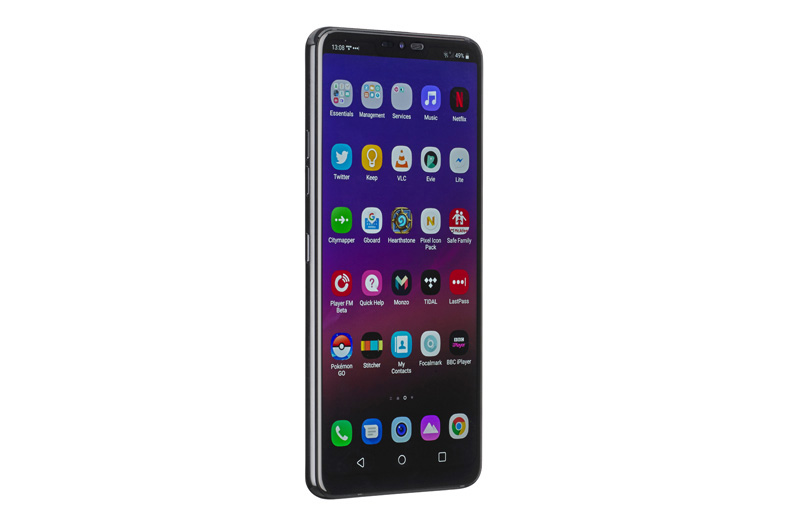
If you switch on the location data and allow the phone to track you, it will keep tabs on your location over five days and determine where you live and work.
The phone can then perform useful tasks, such as automatically pairing to Bluetooth at home or connecting to a specific wi-fi network. It can also detect when you plug in your headphones and open a specific music app such as Spotify.
LG appears to be building a ThinQ ecosystem, where smartphones communicate with televisions, fridges and other home equipment.
The futurist might welcome the prospect, but it isn’t going to become a reality any time soon – right now the AI simply isn’t smart enough to make good on that promise.
MORE: aptX Bluetooth - what is it? How can you get it?
Screen
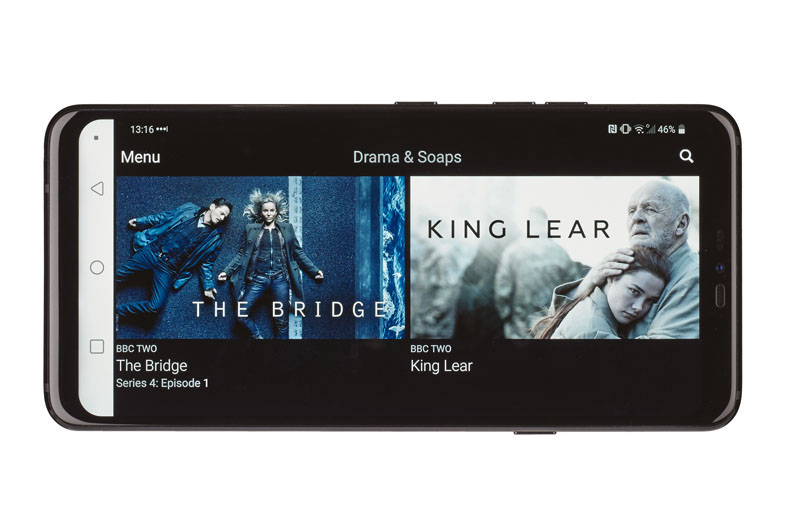
On paper, LG has given the G7 ThinQ an impressive screen. At 6.1in size and 3120 x 1440 resolution, the LCD display can reach a claimed 850 nits of brightness. But tapping a boost button in the phone’s drop-down settings will push that up to 1000 nits.
LG says this is primarily for viewing the phone outside in bright conditions, so it’s limited to that brightness for a maximum of three minutes (any more and it might overheat).
The G7 ThinQ is also HDR10 compatible, which is immediately noticeable: blacks really do look black. We play the trailer for Paddington and, during the aerial shots of London, parts of the city are engulfed by an impressive darkness.
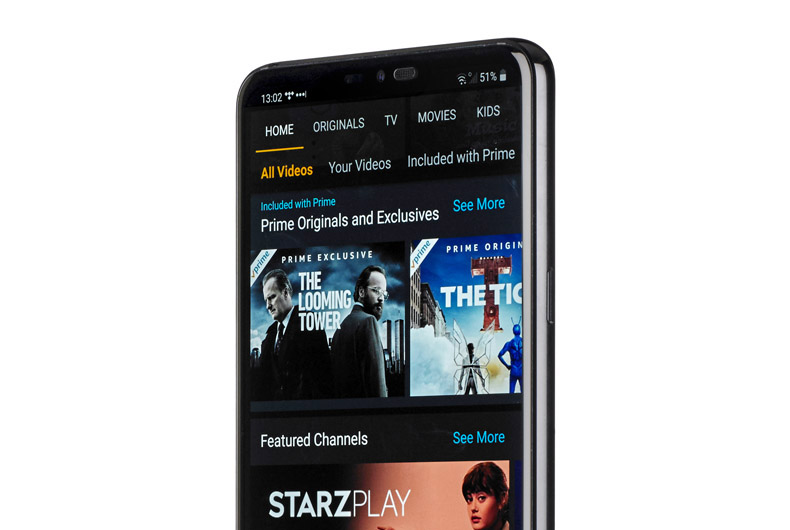
In the same vein, bright colours really stand out. The red cheeks of the sceptical Henry Brown (Hugh Bonneville) as he watches the bear scoffing cake pop against his pink skin, and Paddington’s brown fur is glossy and rich.
The only downside is this comes at the expense of subtlety and detail. Compared to the iPhone 8 Plus, the G7 ThinQ is a little overcooked when it comes to texture. When Paddington rides a bath on a torrent of water cascading down the Brown’s staircase, the iPhone 8 reveals the nuanced ripples in the water, while the G7 ThinQ drowns them in colour.
A few settings in the G7 ThinQ’s menu screen help alleviate this: turning the picture off its Auto setting into Expert mode, pushing down the saturation a little and fiddling with the sharpness can produce a slightly more refined picture. But that doesn’t overcome the phone’s inherent issues.
MORE: Apple iPhone 8 Plus review
Sound

The G7 ThinQ offers a better sonic experience than its predecessors. LG has given this smartphone a 32bit quad DAC (and 64GB storage for approximately 15,000 songs) alongside an equaliser mode and settings for adjusting the digital filter.
These also have descriptions about the effect each filter has on the music – ‘slow’ is clearer, ‘sharp’ is more natural, ‘short’ is spacious. For those that might not be up to date with audiophile equipment, this is a welcome nod. Our personal preference is 'sharp', but it's certainly worth trying them all out.
There’s also a DTS:X 3D Surround Sound mode that’s worth playing with – manipulating the music to place it above and around you, in front of you, or at your sides.
It’s a nice feature that works well and is certainly worth trying out. And for Bluetooth headphones, there’s aptX HD compatibility for 24-bit/48kHz audio.
MORE: DTS:X - what is it? How can you get it?

We turn off the surround sound, enable the DAC (which can only be turned on while you’re wearing wired headphones), and use Tidal to stream Father John Misty’s Please Don’t Die.
The result is a spacious, detailed presentation that manages to capture the vulnerability and weariness of the track well.
The ripple of cymbals and the shiny jingle of zils are done particularly well, with the G7 ThinQ taking the treble in its stride and making it shimmer throughout the track.
That’s not to say it lets go of the lower frequencies, though, as the sandy drums patter with a good deal of detail - and it reaches down deep when the bass needs to rumble in.
It’s clear how much louder the G7 ThinQ will go than rival smartphones such as the iPhone 8 Plus. While using Apple’s phone, we are left yearning for a little more volume, while the G7 ThinQ is more than happy to open up and blast the track through.
MORE: High resolution audio - everything you need to know

Changing to I am the Doctor by Murray Gold, the G7 ThinQ manages dynamics with grace and fluidity – the rising vocals midway into the track build to a powerful harmony much more smoothly than through other smartphones.
Though it’s elegant, we’d like a bit more authority to the way the brass kicks in afterwards. The G7 ThinQ’s sense of timing and cohesion could also be stronger.
But this smartphone does have one trick up its sleeve: a ‘boombox’ design that uses the internal chamber of the phone to boost bass power, adding a bit more solidity, depth and punch to a track. Ed Sheeran’s Shape of You has greater kick to it then we’re used to from such small speakers, and it’s significantly better than you might expect.
While we’d always recommend a good wireless speaker for parties or other social events, the G7 ThinQ will perform that role too – provided you’re not holding it, or you haven’t put it in a particularly obstructive case.
Verdict
If you need a new smartphone, LG’s G7 ThinQ is as good a choice as any Android smartphone out there (apart from Samsung’s selection of top-rated – although more expensive – phones, the S9 and S9+).
There’s no doubt this phone is pointing the way to a futurist, connected tomorrow - but while it trumps the competition in certain areas, it has yet to truly spark the imagination. Still, at least it has a headphone jack.
See all our LG reviews
What Hi-Fi?, founded in 1976, is the world's leading independent guide to buying and owning hi-fi and home entertainment products. Our comprehensive tests help you buy the very best for your money, with our advice sections giving you step-by-step information on how to get even more from your music and movies. Everything is tested by our dedicated team of in-house reviewers in our custom-built test rooms in London, Reading and Bath. Our coveted five-star rating and Awards are recognised all over the world as the ultimate seal of approval, so you can buy with absolute confidence.


